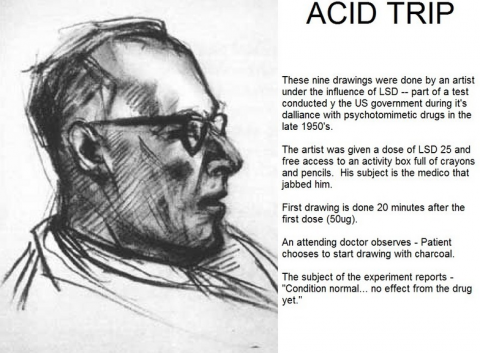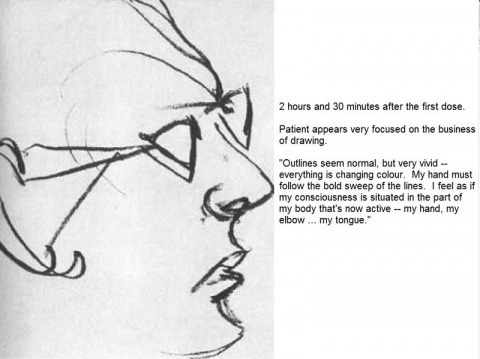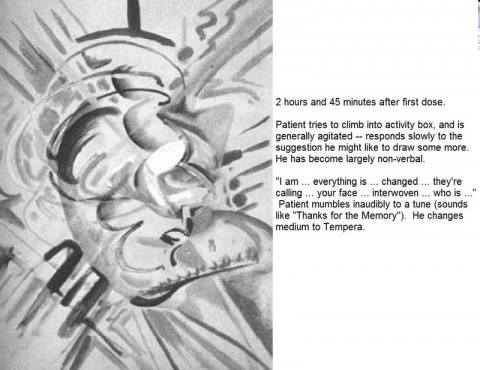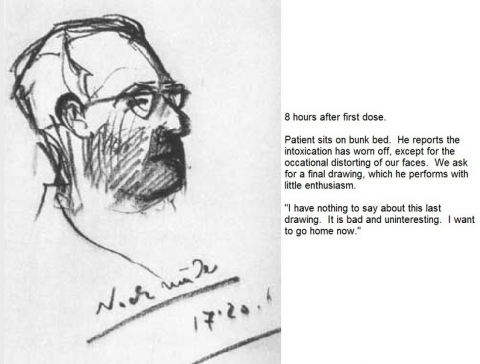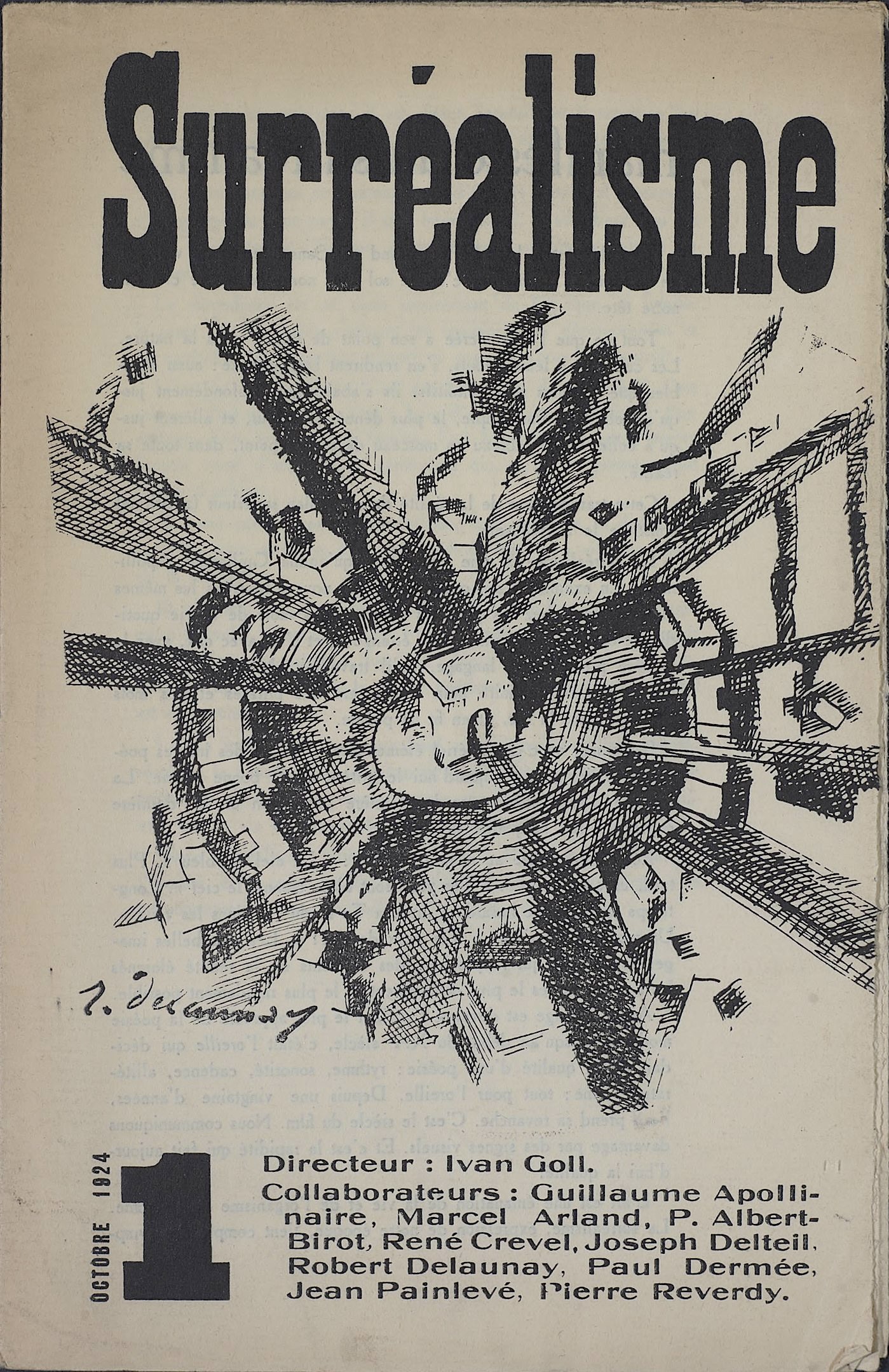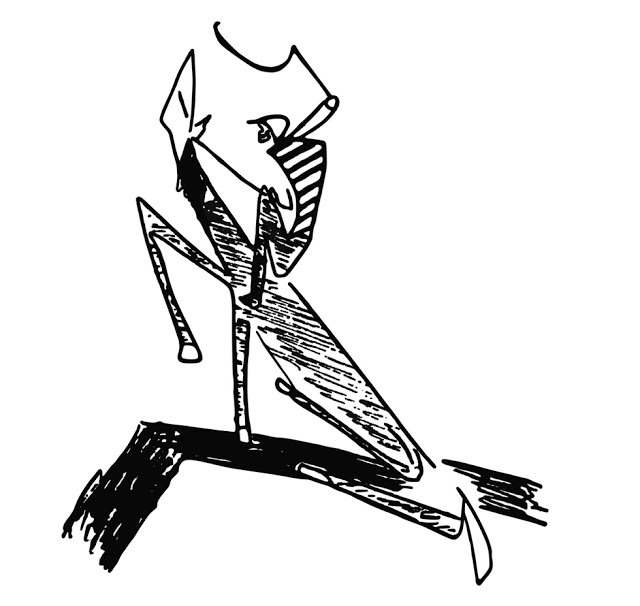In the Louisiana Channel interview clip from 2017 above, the late Paul Auster tells the story of how he became a writer. Its first episode had appeared more than twenty years earlier, in a New Yorker piece titled “Why Write?”: “I was eight years old. At that moment in my life, nothing was more important to me than baseball.” After the first big-league game he ever went to see, the New York Giants versus the Milwaukee Braves at the Polo Grounds, he came face-to-face with a legend-to-be named Willie Mays. “I managed to keep my legs moving in his direction and then, mustering every ounce of my courage, I forced some words out of my mouth. ‘Mr. Mays,’ I said, ‘could I please have your autograph?’ ”
Mays says yes, but there was a problem: “I didn’t have a pencil, so I asked my father if I could borrow his. He didn’t have one, either. Nor did my mother. Nor, as it turned out, did any of the other grownups.” Eventually, the young Auster’s idol “turned to me and shrugged. ‘Sorry, kid,’ he said. ‘Ain’t got no pencil, can’t give no autograph.’ And then he walked out of the ballpark into the night.” From that point on, as the middle-aged Auster tells it, “it became a habit of mine never to leave the house without making sure I had a pencil in my pocket.” Even in this childhood anecdote, readers will recognize some of Auster’s signature elements: the icons of mid-century New York, the life-changing chance encounter, the state of bitter regret.
But it takes more than a pencil to become a writer. “The thing about doing this, which is unlike any other job, is that you have to give maximum effort, all the time,” Auster says. “You have to give every ounce of your being to what you’re doing, and I don’t think there are many jobs that require that. You see lazy lawyers, lazy doctors, lazy judges. They can get through things. You even see lazy athletes.” But “you can’t be a writer or a painter or a musician unless you make maximum effort.” Even after producing nothing usable in one of his usual eight-hour writing shifts, “I can at least stand up and say, at the end of the day, I gave it everything I had. I tried 100 percent. And there’s something satisfying about that, just trying as hard as you can to do something.”
There’s something thoroughly American about these words, as indeed there’s something thoroughly American about Auster’s twenty postmodern page-turners (to say nothing of his many volumes of nonfiction and poetry). Yet he also had one foot in France, where he lived in the early nineteen-seventies, and several of whose respected writers — Sartre, Mallarmé, Blanchot — he translated into English. He gained his first and most fervent fanbase there, becoming a beloved écrivain american of long standing. The announcement of his death on April 30th must have set off something like a national day of mourning, and an occasion to remember what he once said to France Inter: just as a writer should always carry a pencil, “chacun doit être prêt à mourir n’importe quand.”
Related content:
Hear Paul Auster Read the Entirety of The Red Notebook, an Early Collection of Stories
Paul Auster Reads from New Novel Sunset Park
Philip Roth Predicts the Death of the Novel; Paul Auster Counters
Based in Seoul, Colin Marshall writes and broadcasts on cities, language, and culture. His projects include the Substack newsletter Books on Cities, the book The Stateless City: a Walk through 21st-Century Los Angeles and the video series The City in Cinema. Follow him on Twitter at @colinmarshall or on Facebook.
